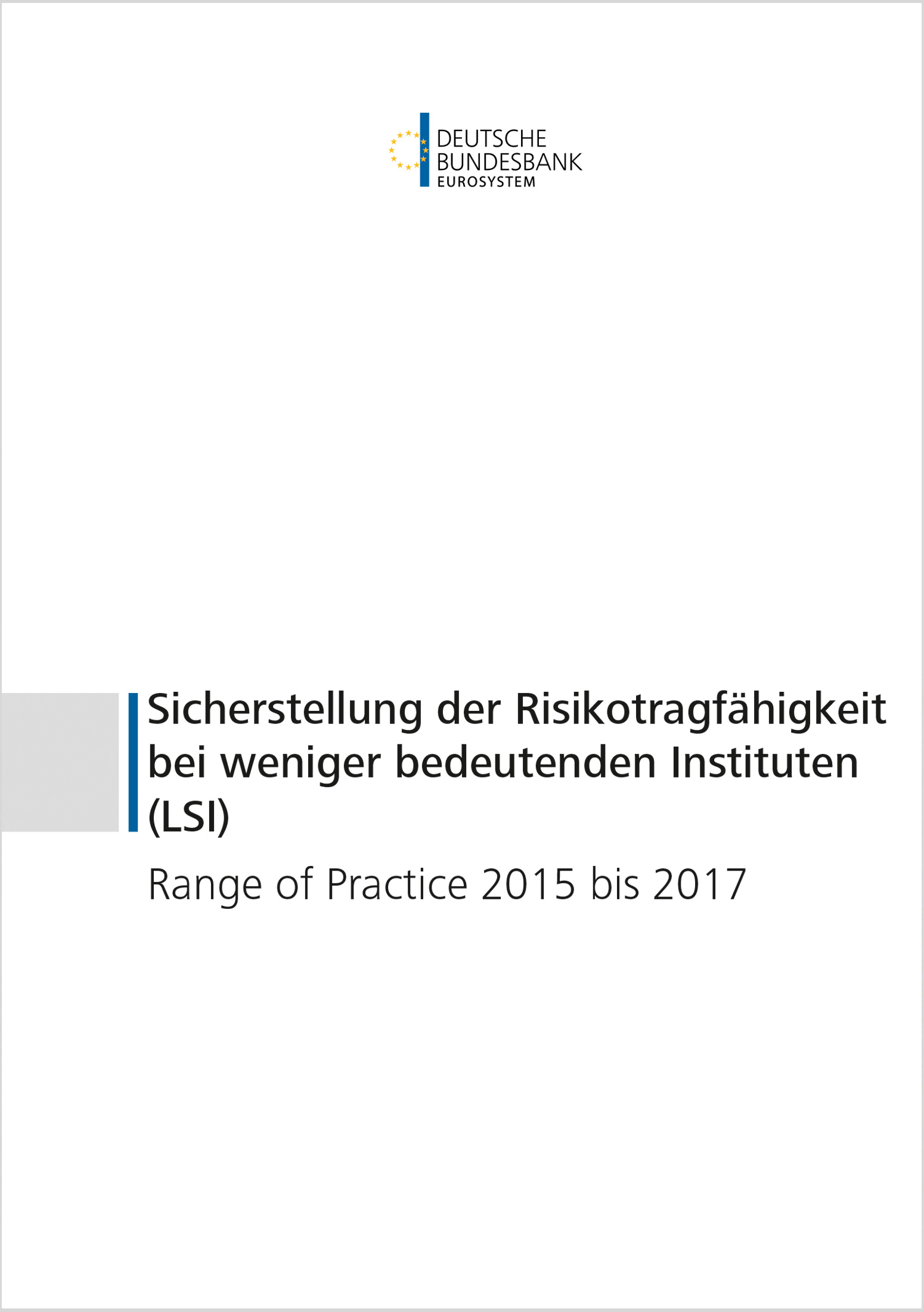
Ensuring internal capital adequacy of less significant institutions (LSIs) Range of practice 2015 to 2017

The reporting data show how LSIs are implementing the principle of proportionality, which crops up in many facets, from how many steering approaches an LSI uses to the details of the methodology it applies to quantify risk. Larger institutions, for instance, generally reported that they run multiple, differently designed steering approaches and apply more sophisticated risk measurement methods.
The use of data from three reporting dates also reveals how the range of practice has evolved. They show that LSIs have converged methodological aspects of ICA over time towards supervisors’ expectations (e.g. holding period assumptions, diversification effects). That said, there is clearly a continued need for supervisory action – be it in the form of an ongoing off-site dialogue with the institution or on-site inspections – as is shown by some of the significant methodological weaknesses identified by the exercises. Thus, for instance, present value going-concern approaches, gone-concern approaches under commercial law or hybrids thereof can be found in banks’ returns.
All in all, the results for German LSIs show that, in most cases, there are effective steering approaches and, as at the reporting date, unencumbered available financial resources (AFR) within the ICA parameters – which represent capital reserves in the broadest sense. Going forward, and now that the new ICA Manual is in existence, one of the main takeaways is a need for improvement among the large number of LSIs which are still not calculating any type of present value or economic ICA.
Please note that the document is available in German only.
2 MB, PDF